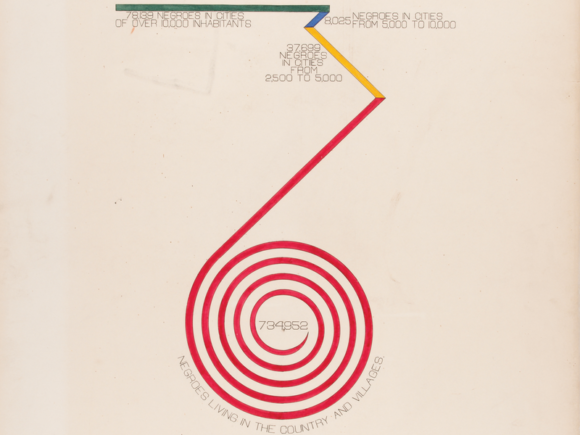Reading How Migration Really Works by Hein de Haas for New Scientist, 8 November 2023
Three decades of research, conducted largely with teams at the University of Oxford and the University of Amsterdam, have gone into geographer Hein de Haas’s comprehensive, fascinating, often shocking survey of global migration. Everyone will arrive at this book nursing some opinion or other about migration. Few will finish with the preconceptions still intact. De Haas is out to show how everything we think we know about migration is wrong, not because migration is an especially complex matter, but because economic and political interests, on both the left and the right, have lost sight of the evidence, when they haven’t actively covered it up; both would rather shape public narratives out of just-so stories than resort to anything so dull and intransigent as fact.
The shibboleths surrounding migration are demolished in three waves. De Haas explores trends in global migration patterns, first, moves onto examine the impacts of migration on both destination and origin societies, and closes with a series of fairly devastating takedowns of popular ideas championed by politicians, interest groups and international organizations across the political spectrum.
How degraded has the evidential foundation around the migration debate become? Consider, for starters, frequently quoted figures released by UNHCR, the United Nations’ own refugee agency, which to show that the total number of displaced people in the world increased from 1.8 million in 1951 to 20 million in 2005, rose to 62 million in 2018, then leapt up to almost 89 million in 2021 and 100 million in 2022. What explains this shocking rise? Globalisation? War? Climate change? Or the inability to present statistics? “What appears to be an unprecedented increase in refugee numbers,” de Haas explains, with what weary patience one can only imagine, “is in reality a statistical artefact caused by the inclusion of populations and countries that were previously excluded from displacement statistics.” UNHCR’s current figures are truly global. Their 1951 figure, however, was drawn from a database covering just 21 countries.
Its the direction of migration in the post-war world that has proved so disconcerting. Former emigrant nations have become immigrant destinations. The numbers have fluctuated hardly at all. At any one time, three per cent of the world’s population are migrants. A tenth of those are refugees. The figure for unsolicited border crossings fluctuates wildly, depending on labour demand in destination countries (for illegal migration) and conflict in origin countries (for refugee migration), but the underlying figure remains consistent.
From where, then, comes all this Stürm und Drang around migration? De Haas pulls no punches. Both right and left have a vested interest in inflating migrant numbers, he says: “Although they may advocate very different solutions, politicians from left to right, climate activist and nativist groups, humanitarian NGOs and refugee organizations and media have all bought into the idea that the current era is one of a migration crisis.”
That this results in some staggeringly wrong-headed policy-making comes as no surprise — witness the massive US investment in border enforcement since the late 1980s that has turned a largely circular flow of Mexican workers into an 11-million-strong population of permanently settled families living all across the United States.
There’s also the cultural impact. In host nations including the UK, nightmare scenarios are regularly peddled to tickle every political palate. An international cabal controls people smuggling! (No evidence.) Across the world, the mafia are trafficking young women for sex! (No evidence.) Migration flows are predominantly from the impoverished South to the wealthy North! (Wrong.) Migration lifts all boats! (No: it overwhelmingly benefits the already affluent.) Few scenarios credit migrants themselves with foresight, agency, or even intelligence.
How Migration Really Works is a carefully evidenced diatribe against a political culture that would rather use migration as a domestic psychodrama than treat it as an ordinary and governable part of civics. To be pro-immigration, or anti-immigration, is to miss the point entirely. You wouldn’t ask an economist whether they’re for or against the economy, would you?
We’re constantly told we need “a big conversation” about immigration. I’m currently re-reading this book (something crabbed reviewers never normally do). And until I’m done, I’ll keep my big mouth firmly shut.






